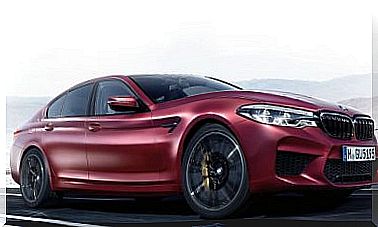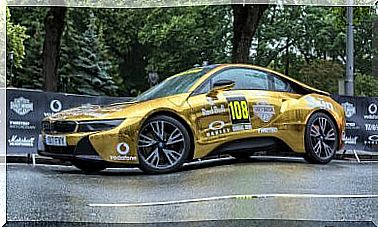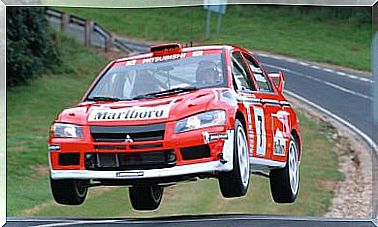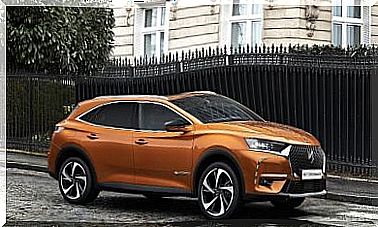BMW M1, The Most Special Bavarian Sports Car

Of all the categories to which a car can belong, there is one that stands out above the rest, from which some of the best vehicles ever produced have emerged: homologation cars. But what is a homologation car?
It is a version intended for the street, derived from a product developed mainly for competition. Because of this, street-approved units are usually limited editions.
In the case of the protagonist of this article, the BMW M1, its conception took place to homologate the M1 Group 5, a category for which 400 street units needed to be manufactured.
Now, almost 40 years after its public debut at the 1978 Paris Motor Show, we are going to learn a little more about the history surrounding one of the most legendary sports cars ever built. This car is extremely important for the Munich brand.
In 1976, the sports subsidiary of BMW was preparing to begin the development of the replacement for the CSL 3.0, and for this it was set in the regulations of the Group 5 class, which was the one chosen for the World Manufacturers’ Championship.
At the helm of the project was Jochen Neerpasch, who had the idea of starting from scratch with a mid-engined two-seater sports car powered by a 3.0 V10.

The first problem quickly arose: BMW had no experience in developing a mid-engined car. Faced with such a situation, external support was sought in Italy, where they reached an agreement with Giugiaro for the design of the vehicle and with Lamborguini for the construction of the car.
The Italian designer’s work was sublime, and it is that after several decades it looks as fresh as the first day. The fiberglass body rested on a tubular steel chassis. The running gear, for its part, consisted of an independent suspension on each wheel and latest-generation ventilated discs.
Unfortunately, a second major problem appeared: a V10 could not be fitted as planned, so the 6-cylinder from the CSL 3.0 was reused with an increase in displacement to 3.5 liters with 277 hp. For its part, the change would be a 5-speed manual.
The public reception to the M1 was very positive, but when production started Lamborghini had to leave the project because it was on the brink of bankruptcy and could not allocate funds to a third-party project.
The problem was solved when Giugiaro also offered to manufacture the car, so each unit produced in Turin (Italy) had to be sent to Germany to finish being assembled.
All this mess led to the delay in the delivery of the cars to their customers, so they devised a small competition to liven up the wait. The BMW M1 Procar was held for two years and its races took place on the eve of the Formula 1 Grand Prix.
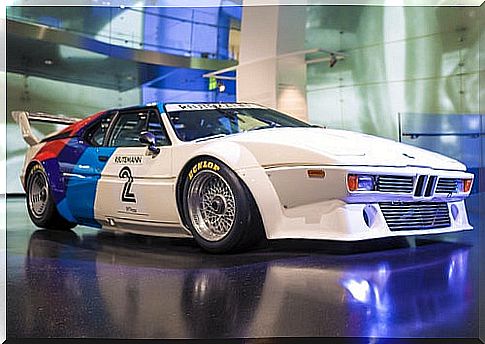
After 457 units of the M1 produced in addition to 400 street and racing units, BMW’s first mid-engined sports car has become an icon among enthusiasts. Since then, the brand is expected to produce a substitute to match, and not something similar as the BMW i8 could be considered .
